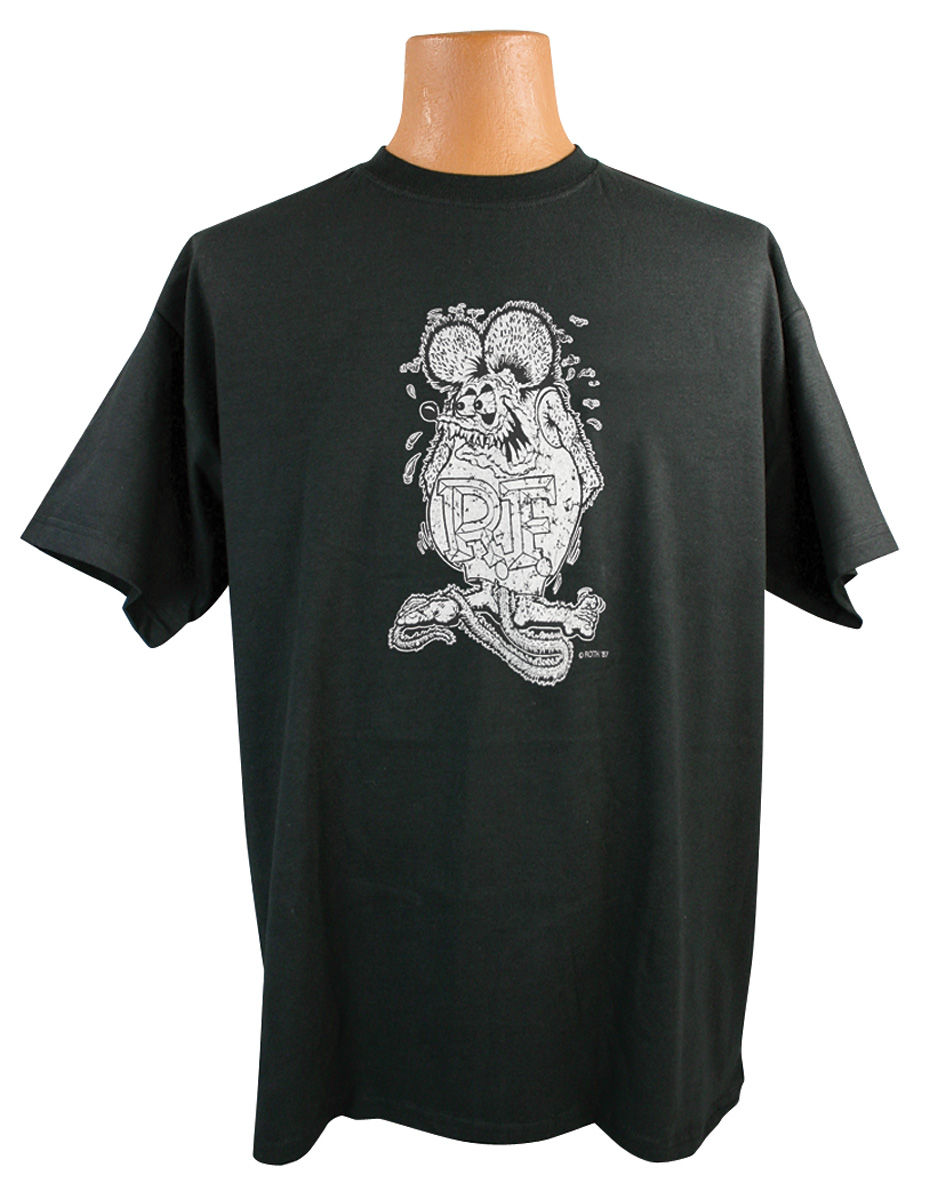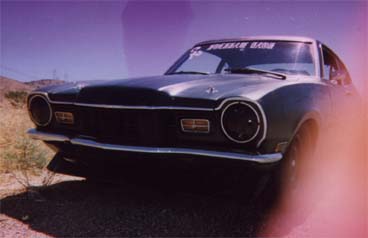

Big news for this year was the introduction of the ground shaking LS6 454 ci V8. The 396 moniker stuck around this year, but all the 396 cube engines were bumped up to 402 cubic-inches, although horsepower did not increase.

The SS396 became an option on the Elky, rather than its own model, and included extras like power front disc brakes and a unique hood.Īlthough the El Camino received new sheet metal from the firewall forward, the biggest changes for 1970 were under the hood. The biggest news for the El Camino was the introduction of the coveted 375 hp, 415 lbs-ft L78 396 big-block– the highest horsepower engine ever available in an El Camino at that time.įor the first time since its introduction in 1959, the El Camino kept the sheet metal from the previous year, with only minor exterior changes like the new front bumper and the back-up lights, which were relocated to the tailgate.

The wheelbase shrank from 119 to 116 inches and the sheet metal was completely new once again. Sales for the previous generation consistently hovered around 35,000 units, but the 1968 model sold nearly 42,000 units, ushering in an era of the highest El Camino sales ever. (Air-adjustable suspension was available on the 1959-1960 models, but sales records give no indication these were ever actually installed on an El Camino.) This allowed the rear suspension to be leveled out when hauling a load.Ī new generation of the El Camino, along with the Chevelle, was introduced to the public for the 1968 model year– and it was a hit right away. Air-adjustable shocks were available and were installed on the El Camino for the first time this year. 1967 models received a new grille and front bumper, as well as an optional vinyl roof. It seems yearly redesigns were the trend for the Chevrolet of the ’60s. Yet again, Chevy decided to make some appearance changes to the Elky. This engine could be had in 325 hp or 360 hp versions, producing 410 lbs-ft and 415 lbs-ft of torque respectively. The truck also received several new features, including a new instrument panel and shoulder seat belts, but these were overshadowed by the might of the 396 cube big-block V8, finally made available this year. Although the underpinnings were pretty much the same from the ’64-’65 models, the ’66 had completely new sheet metal below the beltlines. Once again, Chevy decided to redesign the El Camino for ’66. Seekers of high horsepower wouldn’t have to wait long though, and Chevy hinted at this with their 396-powered El Camino roadster that toured the auto shows for 1965. This was a good start in the performance department. This year would see a couple of new options, including AM/FM radio and a 350 hp, 327 cube V8. This would have to wait though, because the most powerful 1964 Elky models only came with a 300 hp, 327 cubic-inch V8.ġ965 saw a redesign for the Chevelle and El Camino, and because of the peak in the center of the grille, overall length was increase by 2.5 inches. Sharing the underpinnings of the new Chevelle, the El Camino was poised to enter the muscle car arena. Even though the El Camino originated on the Impala line, it turned out to be a hit based on the Chevelle. The El Camino thundered back onto the scene in 1964, riding on the new, redesigned A-body platform. After once again seeing the success of the Ranchero– newly redesigned on the Falcon platform– Chevy decided to close the books on the El Camino. Chevy redesigned the El Camino for 1960, but sales plummeted with only fourteen thousand units sold. The previous year the El Camino sold just over twenty-two thousand units, eclipsing the Ranchero both in 1959 sales and its 1957 debut. Interestingly, the steel bed floor could be removed, revealing the rear portion of the Brookwood floor pan, foot wells included.Īfter the relative success of the Elky in 1959, it had a rough time in 1960. The El Camino was also billed as the first Chevrolet pickup to have a steel bed floor rather than wood. The car was based on the Brookwood 2-door wagon, the exterior trim was that of a Bel Air, and the interior was borrowed from the Biscayne. When it was introduced, the 1959 El Camino was a conglomeration of several GM cars.

markets, and the El Camino followed two years later. Allegedly this came about in the 1930s when a woman wrote a letter to Ford Australia asking for a vehicle that could “carry them to church on Sunday and take the pigs to market on Monday.” This simple request eventually led to Ford’s creation of the Ranchero for U.S. For years, farmers in Australia had been using vehicles called Utes to tote goods and equipment back and forth from farm to market. While the El Camino was radical in design, it was a new play on an old idea. The El Camino was introduced on Octoto compete with Ford’s popular Ranchero.


 0 kommentar(er)
0 kommentar(er)
